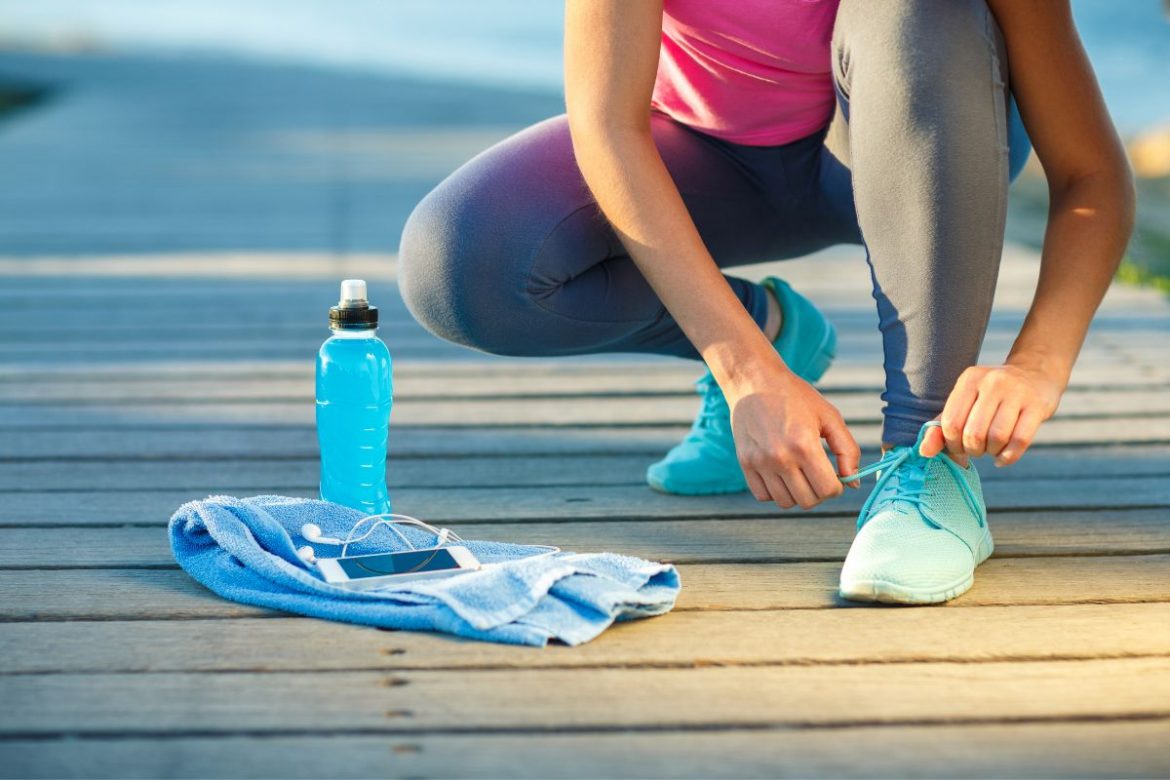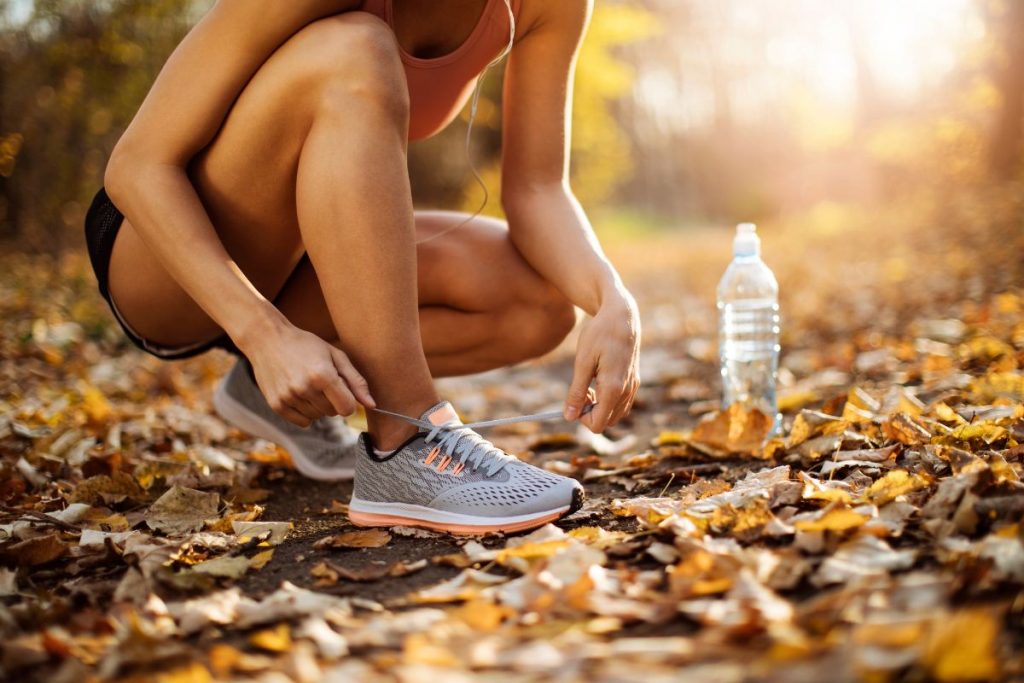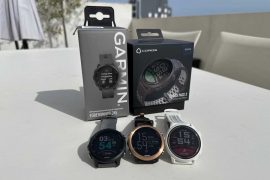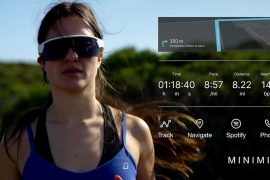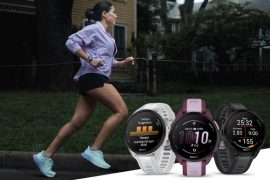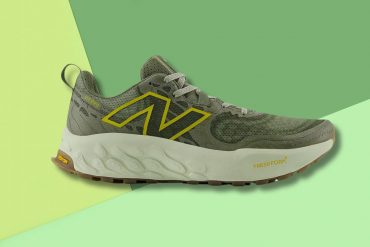Choosing the right running gear is crucial for both novices and experienced runners alike. Whether you’re a casual jogger or a hardcore marathoner, the correct running equipment can optimize your performance, enhance your comfort, and minimize the risk of injury. In this guide, we’ll delve into how you can choose the best running gear to fit your needs.
Understand Your Needs
Your running needs are primarily determined by your running style, environment, and personal preferences.
- Running Style: Determine the type of running you’ll primarily be doing. This could be trail running, road running, treadmill running, or track running. Each style requires specific gear to accommodate different terrains and speeds.
- Environment: Consider the climate and weather in your area. If you run in a colder region, you’ll need warm, moisture-wicking clothing. On the other hand, hot weather necessitates light, breathable gear.
- Personal Preferences: Your comfort is paramount. For instance, some runners prefer tight, compression clothing, while others prefer loose-fitting attire. You should also consider any special needs, such as support for flat feet or orthopaedic issues.
Running Shoes: Your Essential Running Equipment
Running shoes are arguably the most important piece of running equipment. They provide the necessary support, cushioning, and traction for your runs. Here’s what to consider:
- Fit: The shoe should fit well, be comfortable, and leave some room for your toes to move. It shouldn’t be too tight or loose.
- Type: Depending on your foot’s pronation and arch, you may need neutral, stability, or motion-control shoes. A professional fitting at a running store can help you find the right type.
- Terrain: Trail running shoes are designed for off-road routes with mud, rocks, and other obstacles. Road-running shoes are light and flexible, designed for pavement.
Running Clothing
When it comes to clothing, opt for “technical” or “performance” fabrics instead of cotton. These materials wick sweat away from your skin, which keeps you comfortable and reduces the risk of chafing.
- Shirts/Tops: Depending on the weather, you could opt for sleeveless, short-sleeved, or long-sleeved running tops. In winter, consider a running jacket or vest for added warmth.
- Shorts/Pants: Shorts are ideal for warm weather, while pants or tights can be used in colder conditions. Look for bottoms with a small pocket to carry essentials like keys or energy gels.
- Underwear: Invest in high-quality running underwear made from sweat-wicking materials to prevent chafing and discomfort.
Running Accessories
Finally, don’t forget the smaller pieces of running gear that can make a huge difference:
- Socks: Avoid cotton; opt for running socks made of synthetic fibres or wool for moisture-wicking and blister prevention.
- Hydration Gear: Depending on your run’s length, consider handheld water bottles, hydration belts, or hydration packs.
- Running Tech: GPS watches can track your speed, distance, and route, while heart rate monitors can help you optimize your training.
- Safety Gear: Reflective gear, headlamps, or running lights are crucial for those early morning or evening runs.
In conclusion, choosing the best running gear is a personal journey. It requires understanding your specific needs, trying different options, and experiencing what works best for you. With the right running equipment, you’ll not only enhance your performance but also your enjoyment of the sport. Happy running!
FAQs
The main factors include your running environment (weather, terrain), your personal needs (comfort, fit, performance), the type of running you’re doing (distance, speed, trail, marathon), and your budget. Remember that quality often correlates with price, but you don’t necessarily need the most expensive gear to run comfortably and effectively.
The type of running shoes you need depends on your foot type (neutral, pronated, supinated), your running style (heel striker, midfoot striker, forefoot striker), and the type of running you’ll be doing (road, trail, track). Visit a specialized running store to get your gait analyzed and choose the best shoes for you.
A properly fitting running shoe should be snug but not tight in the heel and midfoot, with enough room for your toes to move. There should be about a thumb’s width of space between your longest toe and the end of the shoe. Try running shoes on in the afternoon or after a run when your feet are at their largest.
Most running shoes need to be replaced every 300-500 miles, depending on the runner’s weight, running style, and the shoe’s construction. Keep an eye out for worn-out soles, less cushioning, or discomfort during runs as signs of needing new shoes.
Look for running clothes made of technical fabrics like polyester or merino wool that wick away sweat and keep you comfortable. Avoid cotton as it tends to hold moisture. Depending on weather, you might need various gear such as shorts, tights, tees, long-sleeved shirts, jackets, and hats.
Absolutely. In hot weather, light, breathable, and moisture-wicking clothes are crucial. For cold weather, layering is key, including a base layer for moisture-wicking, a mid layer for insulation, and a top layer for wind or water resistance if necessary. Don’t forget gloves and a hat. For rainy weather, consider a lightweight, water-resistant jacket.
Compression gear can help improve blood circulation, reduce muscle vibration and potentially improve recovery time. However, its effectiveness can vary among individuals. If you find compression gear comfortable and helpful, there’s no harm in using it.
Yes, good running socks can help prevent blisters and keep your feet comfortable. Look for socks made of moisture-wicking materials to keep your feet dry. Some runners also prefer socks with extra cushioning for long runs or rough terrains.
Some common running accessories include hydration packs or belts for long runs, a running watch or GPS tracker to monitor your progress, reflective gear for low-light conditions, and a good quality sports bra for women.
While you can, running-specific sunglasses are typically lighter, more secure on your face, and have features like UV protection and anti-fogging. Look for a pair that fits well and doesn’t bounce when you move. It’s also helpful if they have interchangeable lenses for different light conditions.

